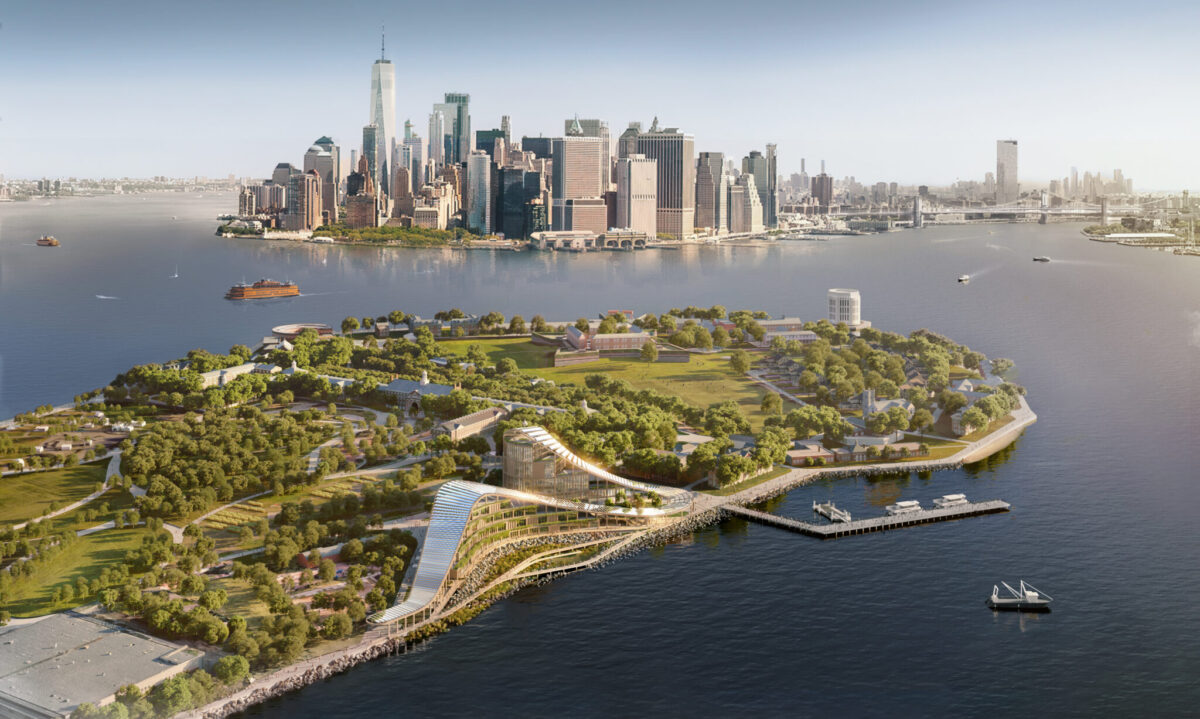Posted on June 24, 2022
Post categories: Architecture In the Media

The history of American Unitarian church architecture is one that’s lesser-known. With this in mind, Ann Marie Borys, associate professor of architecture, wanted to provide context for two extremely highly regarded Unitarian projects of the 20th century that had only been written about independently. Her new book explores how they fit into the broader scope of Unitarian churches.
“American Unitarian Churches: Architecture of a Democratic Religion” explores Unitarian church design and the progressive ideals shown through them — ideals that were central to the founding of the United States. By situating Frank Lloyd Wright’s Unity Temple and Louis Kahn’s First Unitarian Church of Rochester in their full context, Borys writes about the interconnectedness of American democracy and American architecture.
We asked Borys about the book.
Why did you want to write this book?
I initiated the research in an effort to provide context for two extremely highly regarded architectural projects of the 20th century. Each one had been written about independently with regard to its place in the architect’s creative oeuvre and its “moment” in American architecture. And they had sometimes been discussed in relation to each other (though separated by 50 years) because they were both Unitarian churches. But there was very little written about how they fit into the broader scope of Unitarian churches.
I soon discovered that there were quite a lot of Unitarian churches from both the 19th and 20th centuries that were also architecturally significant. So the book that emerged became a narrative of Unitarian church design as a central factor in the development of American architecture itself.
Why has this contribution not been evident in narratives of American architectural history previously? Why is it important to bring this to light?
A simplistic explanation is that architectural history was first developed as a chronology of styles, and then a narrative of architect-heros. It was in the later part of the 20th century that larger social and cultural patterns began to be studied. By then, Unitarianism represented a very small portion of the population, and it was not widely understood to have historical roots connected with those of the country itself.
It is important partly because there are some misconceptions about the two buildings that prompted my research—Frank Lloyd Wright’s Unity Temple, and Louis Kahn’s First Unitarian Church of Rochester. But more broadly speaking, it is important because it adds a significant body of work to an issue of theoretical importance: What is an ‘architecture of democracy’?
What’s the connection between faith and architecture?
This is a trick question with respect to Unitarian churches. Most faiths build churches that support specific rituals spatially, that express beliefs symbolically, and that aspire to place the church-goers in some relation to the divine. Unitarianism is unusual because it has never had rituals, and in the 20th century, the question of religious belief was transferred from clergy to the individuals. So there can be a wide variety of beliefs in any congregation. This makes the design of a memorable architectural space more difficult.
What elements of Unitarian spirituality are expressed through the architecture of its churches?
I found three things to be in the foreground of Unitarian churches: awareness of nature and with that, the interconnectedness of all things; respect for the individual coupled with responsibility for others; and the necessity for individuals to share knowledge and ideas in a community.
How are the ideals/values of Unitarianism shown through the design of their buildings/spaces?
The awareness of nature and natural processes is evident either directly through generous views promoting connection between the sanctuary and surrounding gardens or natural features or it is present through daylight and through the use of natural materials. Respect for the individual and for individual choice is evident in the way that doors into the sanctuary are located as one choice among others, and in the non-hierarchical arrangement of space in the sanctuary. The necessity to share ideas for the enrichment of all is present in the provision of ample social spaces in addition to a space for worship.
The combination of these features creates an architecture of democracy.
What do you hope readers take away from this book?
I hope that readers will understand that Unitarianism was a mainstream denomination in America throughout the 19th century, and that many of our country’s progressive social and cultural advancements were led by Unitarians. I hope that they will be able to appreciate how Unitarianism remains true to its original philosophies and values–values which were formed along with and were practically identical to the American democratic ideals articulated by the founding documents of this country. I hope they will understand that Unitarianism is a democratic religion, and that its architecture is an expression of authentically American ideals.